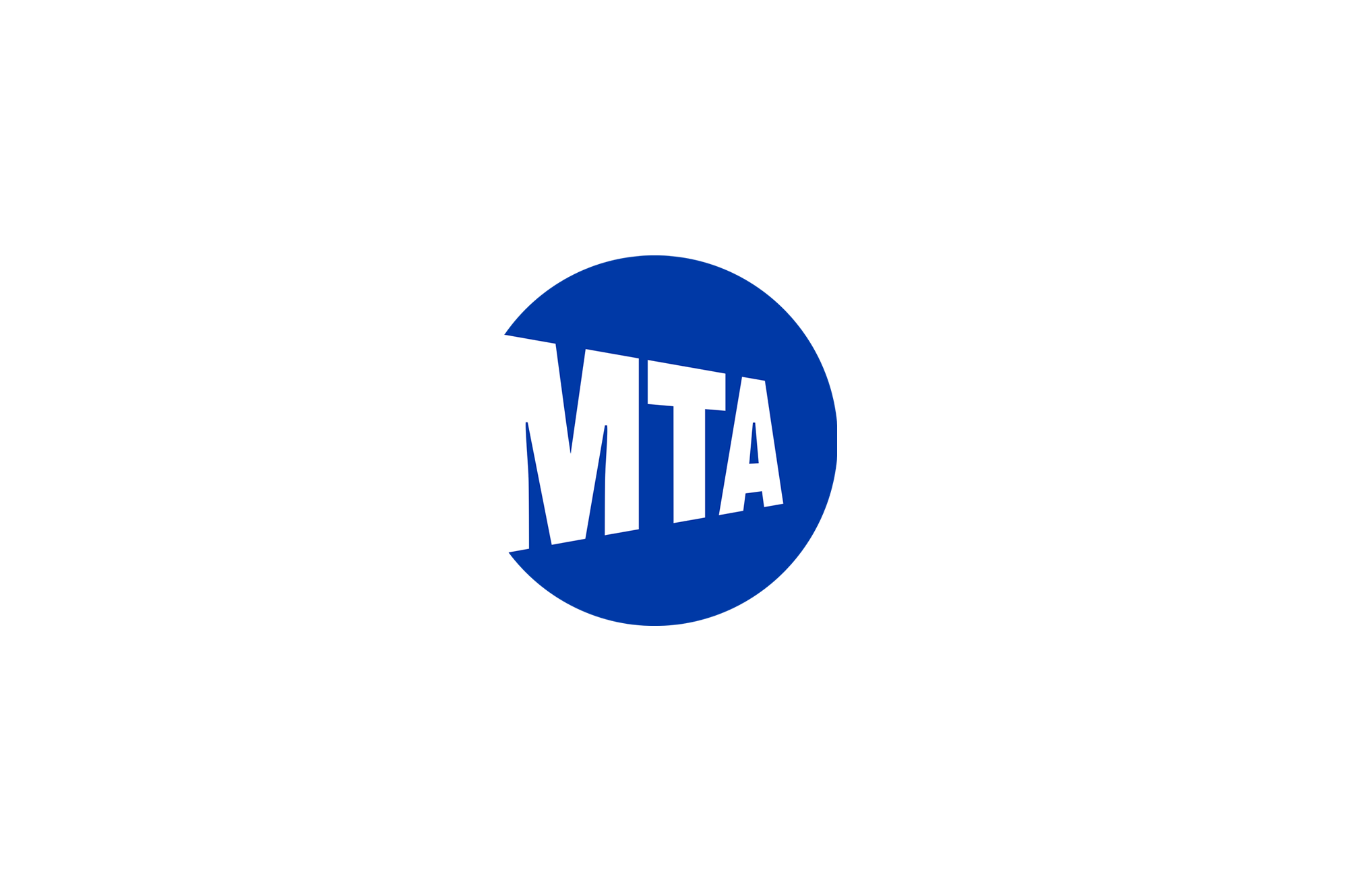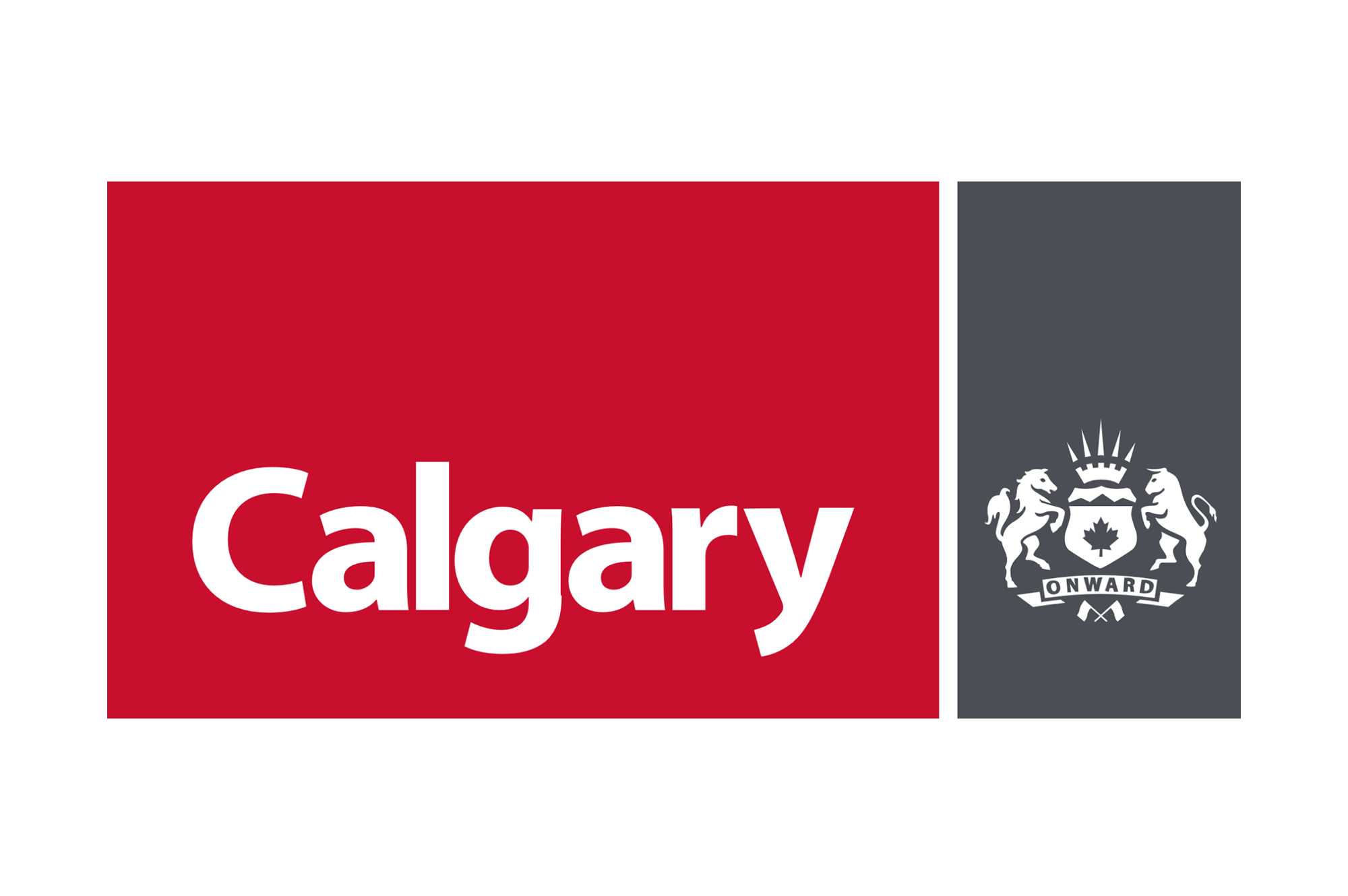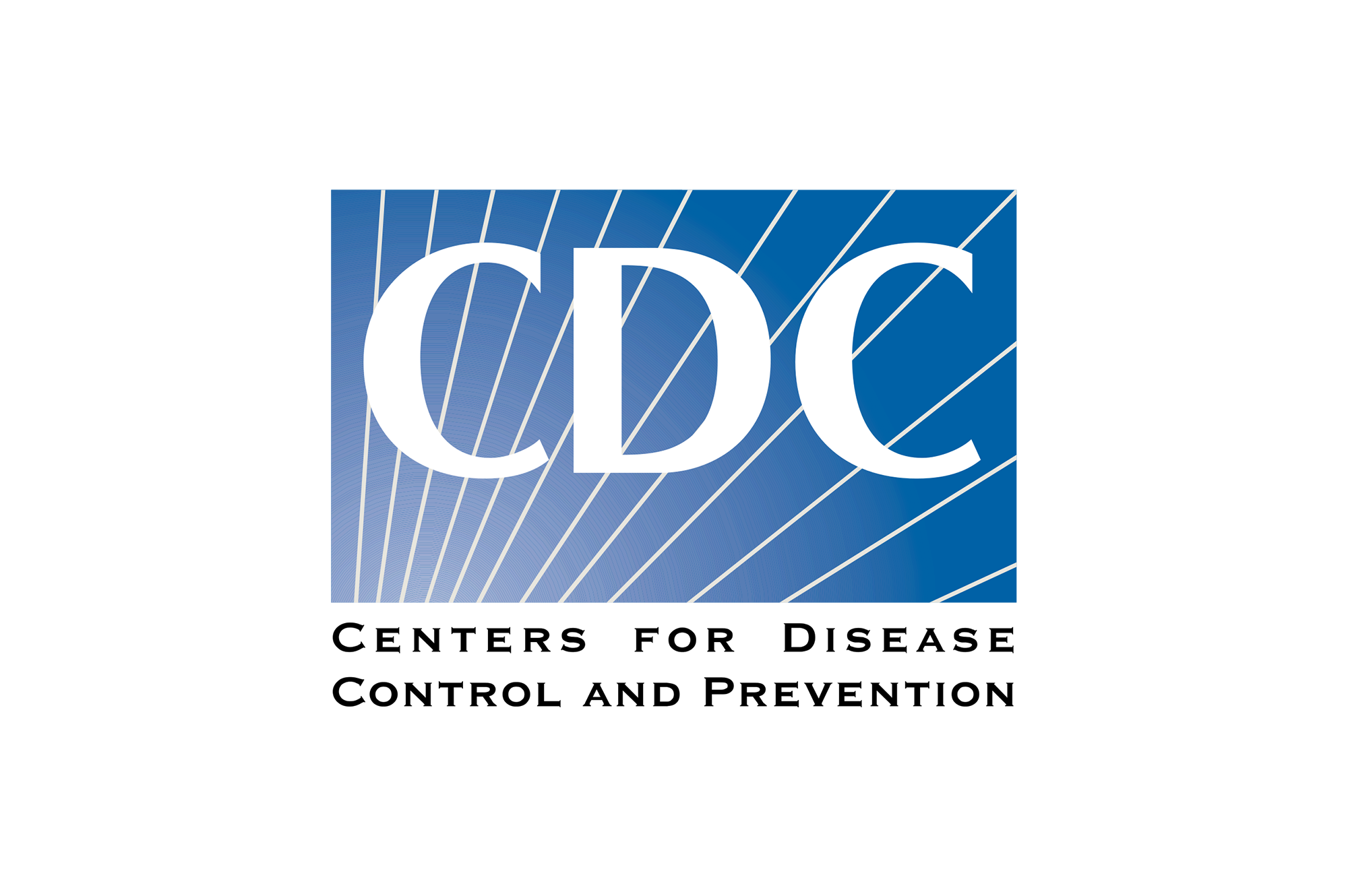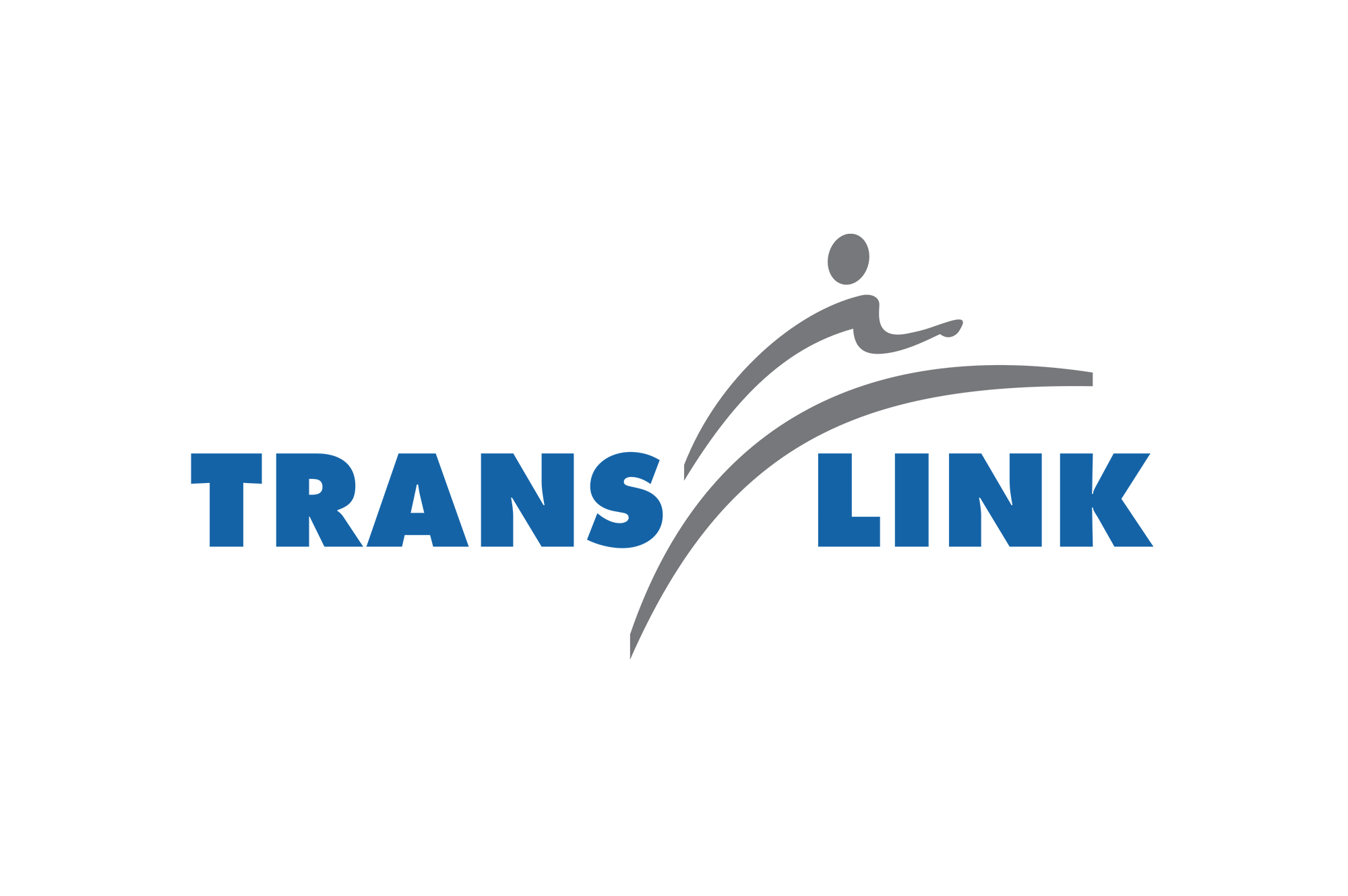BLOG
Meet Website Accessibility Standards with 4 Principles of Accessible Content
4 principles of accessible content to meet web accessibility standards for World Wide Web Consortium (W3C) and the Web Content Accessibility Guidelines (WCAG).

4 principles of accessible content to meet web accessibility standards for World Wide Web Consortium (W3C) and the Web Content Accessibility Guidelines (WCAG).

Our previous post on the accessibility series discussed how to create inclusive learning environments by considering both visible and invisible disabilities, plus the different types of disabilities and design requirements for each category.
Now let’s consider ethical and legal stances by reviewing four principles to meet the laws and requirements for web accessibility standards for Canada and the United States.
Designing for learning means starting with accessibility in mind and understanding the different types of disabilities as important pieces of the puzzle. This is not only an ethical stance—but a legal one as well. There are now laws and requirements for accessibility in multiple countries, although these pieces of legislation may vary from region-to-region. In Canada, the requirement to design for accessibility is addressed through Bill C-81 The Accessible Canada Act, and in the United States it is covered by Section 508 of the Rehabilitation Act.
What do these pieces of legislation demand? Section 508, for example, requires federal agencies to develop, procure, maintain, and use Information and Communications Technology (ICT) that is accessible to people with disabilities—regardless of whether or not they work for the federal government.
How does a designer know if their content is accessible? The World Wide Web Consortium (W3C), an international community of member organizations and the public, has developed web accessibility standards known as the Web Content Accessibility Guidelines (WCAG). It was first developed in 1998 with WCAG 2.2 to be released in 2021. Accessible content can be awarded either A, AA, or AAA levels.
W3C assesses sites using their four principles of accessible content. Is the site perceivable, operable, understandable, and robust? If any of these principles are not met, the content is not considered to be accessible for all users. It is important to understand that while there are many general guidelines that help to make content accessible for all users regardless of disability, the WCAG only focuses on the guidelines that address particular issues for users with disabilities.
Below are scenarios that demonstrate how companies can meet the needs of their employees through paying attention to W3C standards.
John works for water treatment in a large North American city. Visually impaired, he uses a screen reader to access training materials. The city makes certain John can access training and function at work by:
Perceivable means information and user interface components must be presented to users in ways they can perceive. This means that the information being presented must be visible to at least one of the user senses. Users must have at least one sensory pathway to access the information they need.
Marta works in HR for an energy company and is recovering from a brain injury after a skiing accident. She suffers from frequent headaches, hand tremors, and occasional seizures. While she is expected to fully recover in time, a focus on operability, navigation, and self-paced learning help her meet her responsibilities. Marta’s employers help her by:
Operable means creating accessible user interface components and navigation that users must be able to operate the interface. The interface cannot require interaction that a user cannot perform.
Gerry works for a major transportation company. While he is a gifted mechanic, Gerry’s learning disability and computer literacy level makes learning new procedures challenging. Gerry’s employers help him by:
Understandable means that information and the operation of the user interface must be comprehensible. Users must be able to understand the information as well as the operation of the user interface, without the content or operation being beyond their understanding.
Beddington College offers a wide variety of courses, including skill and competency based training and university preparation. Their students have very diverse backgrounds and abilities. They access learning from a variety of devices and locations. Courses designed for the college must:
Robust design can be understood as content must be robust enough that it can be interpreted reliably by a wide variety of user agents, including assistive technologies. This means that users must be able to access the content as technologies advance.
At Xpan, our philosophy views learning as a solution and not a product. This philosophy is at the heart of KX. Since 2001, we have worked tirelessly to build creative and innovative digital knowledge solutions to help our clients meet their most pressing business needs and performance objectives. This includes creating KX solutions that feed an organization’s learning culture.
Through our KX framework, we provide digital learning and development needs across the entire business and technology spectrum. We help clients in every industry leverage their organizational knowledge to build their workforce and capabilities from within. We take pride in helping our clients build their learning culture to attract, motivate, and retain top talent.
With Xpan’s comprehensive UX process, employees can tap into KX effect by using any mobile or desktop device of their choice, accessible anywhere 24/7, and trackable through a learning management system (LMS). Xpan can help organizations leverage their current learning solutions and ideas to create a KX that increases engagement, retention, and performance.




















